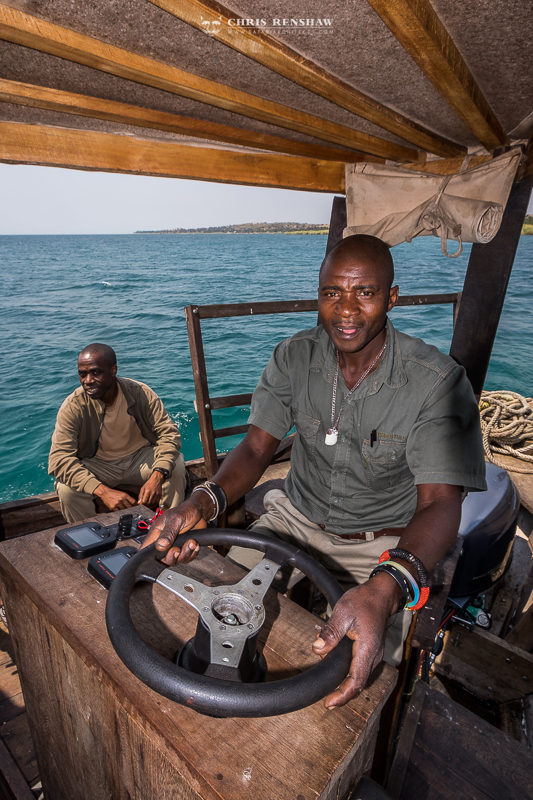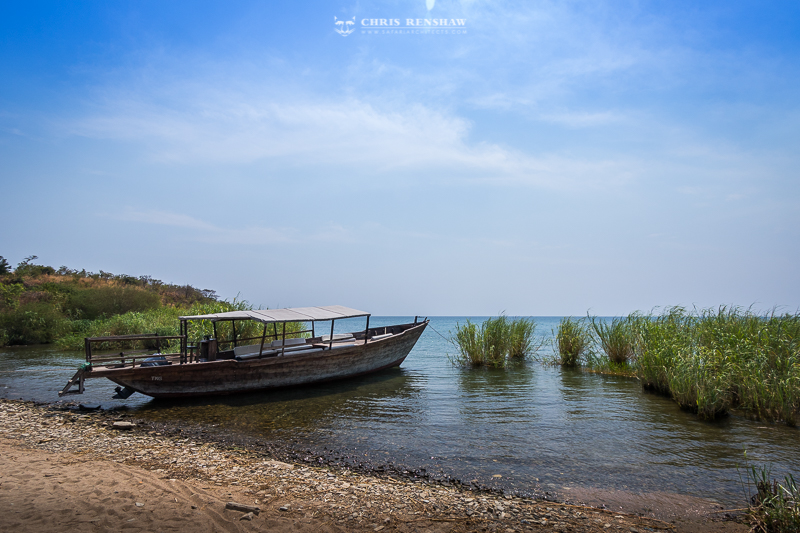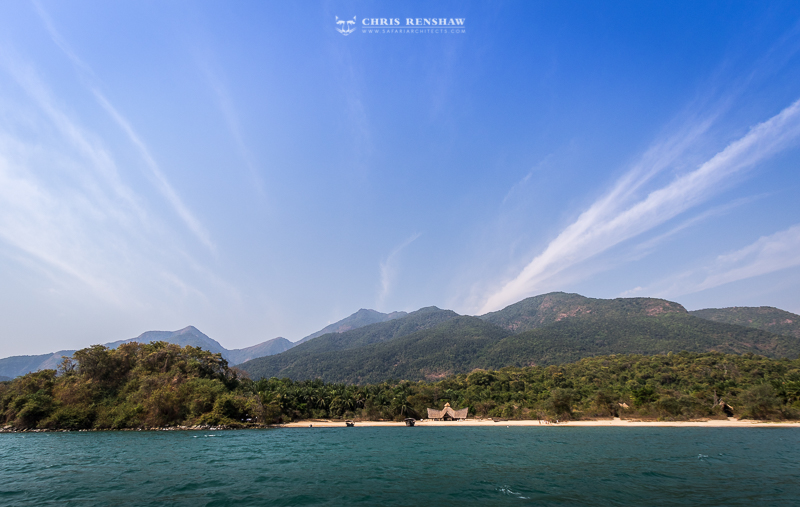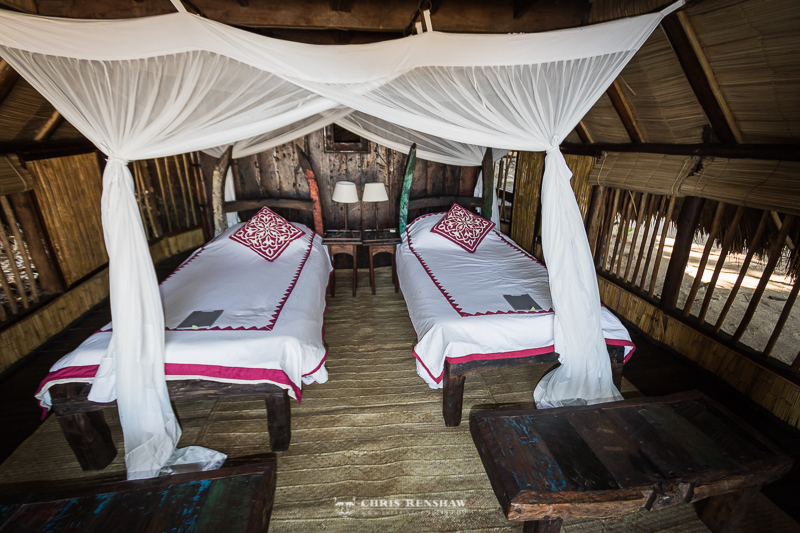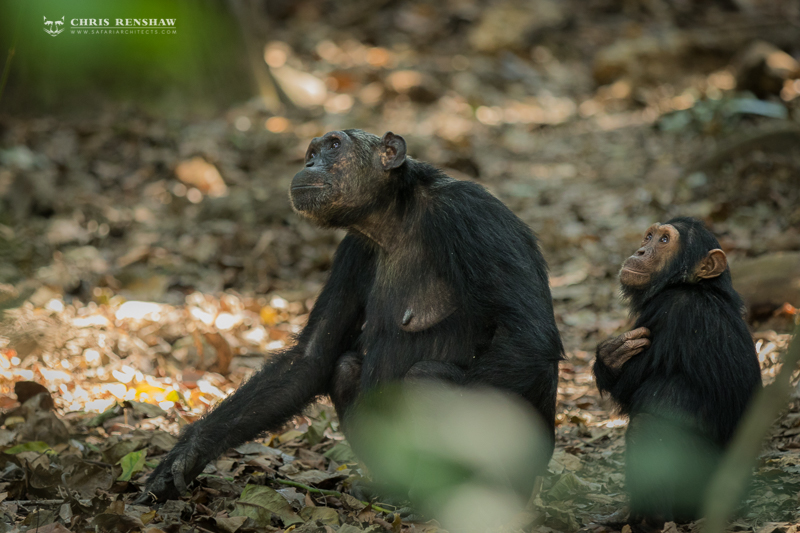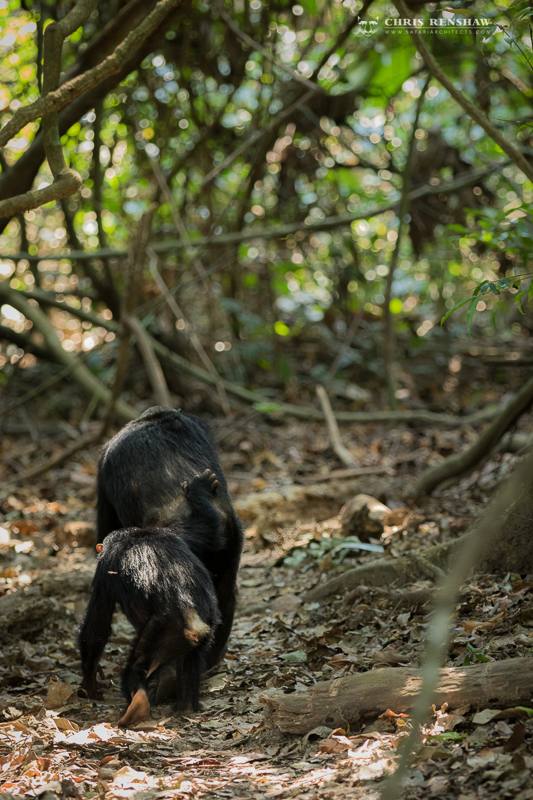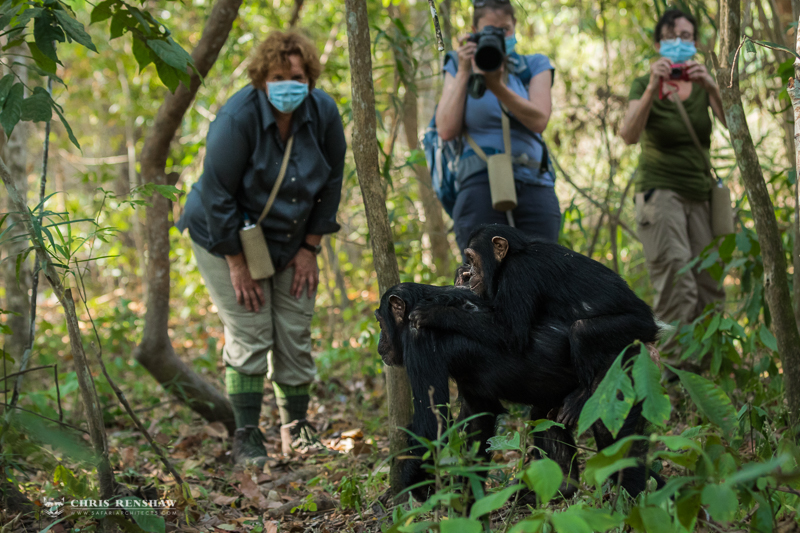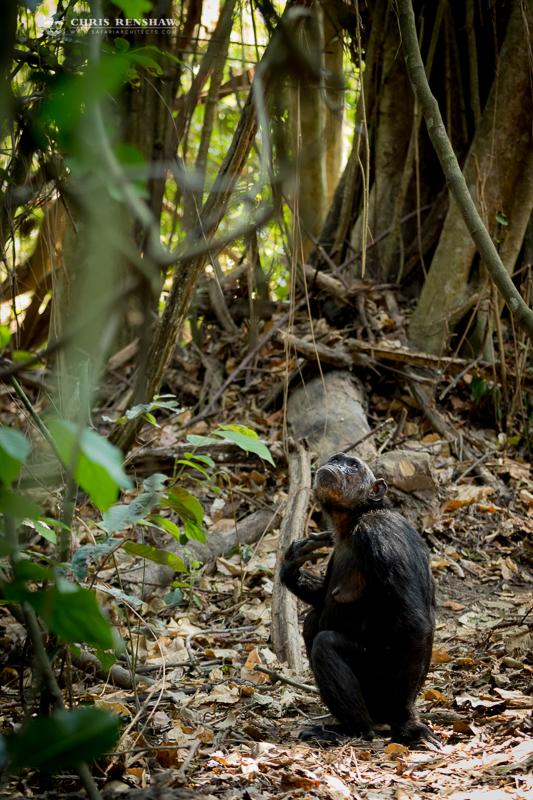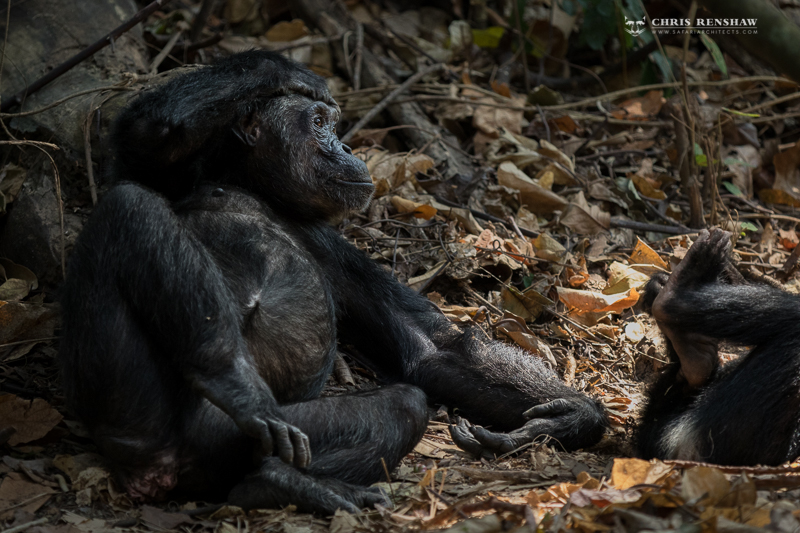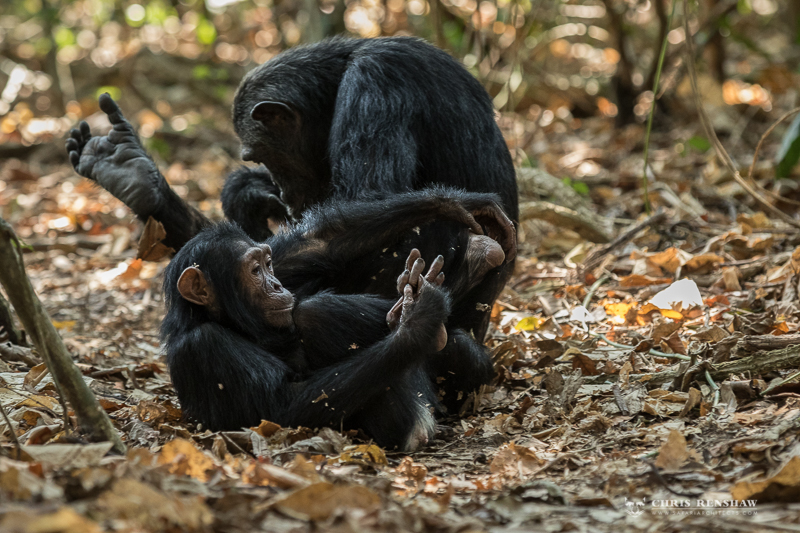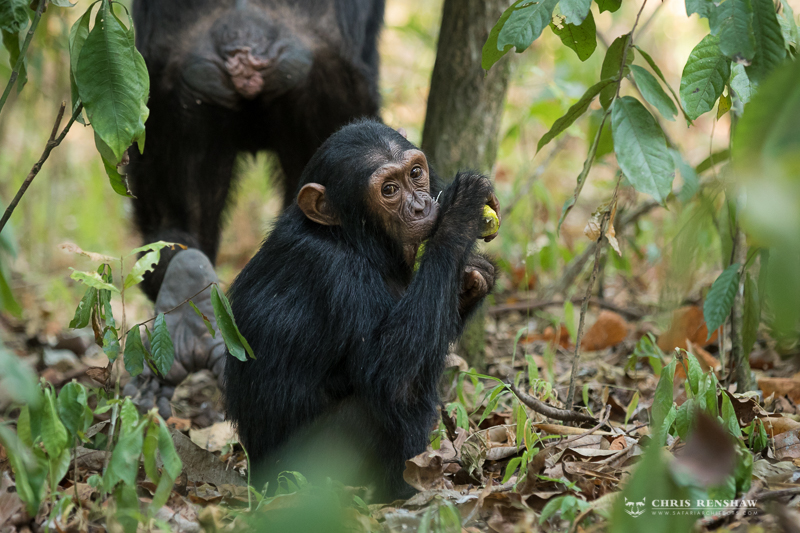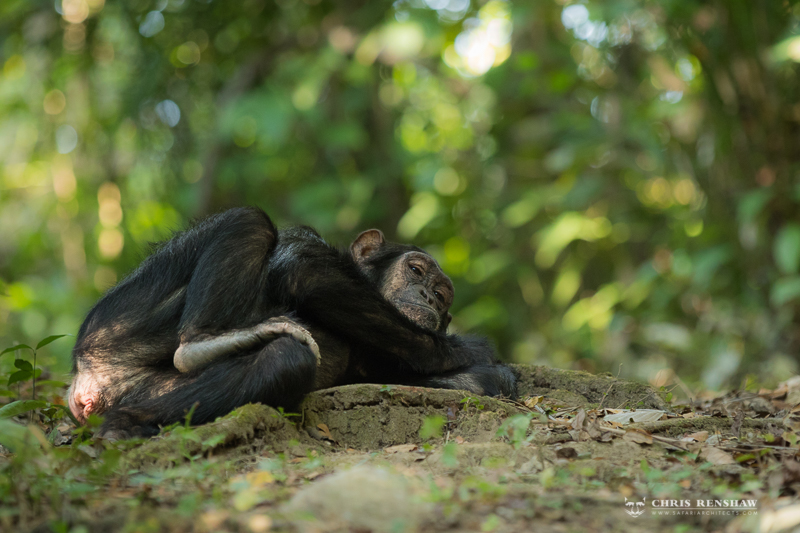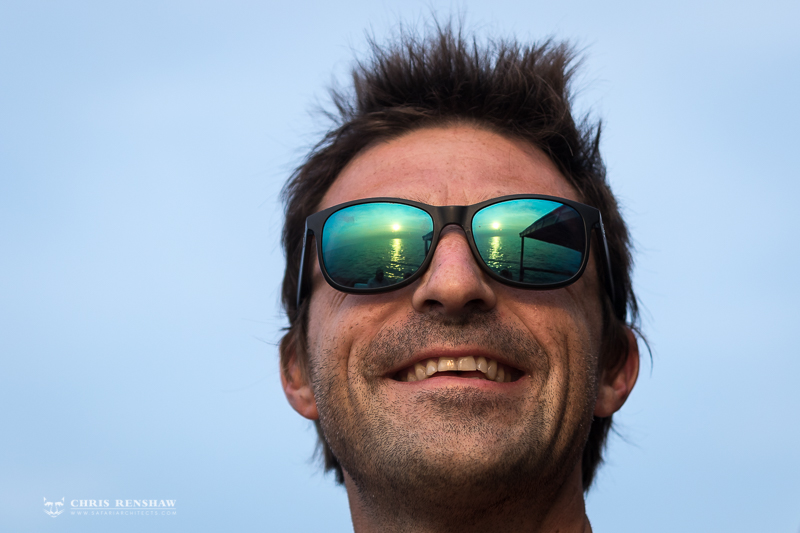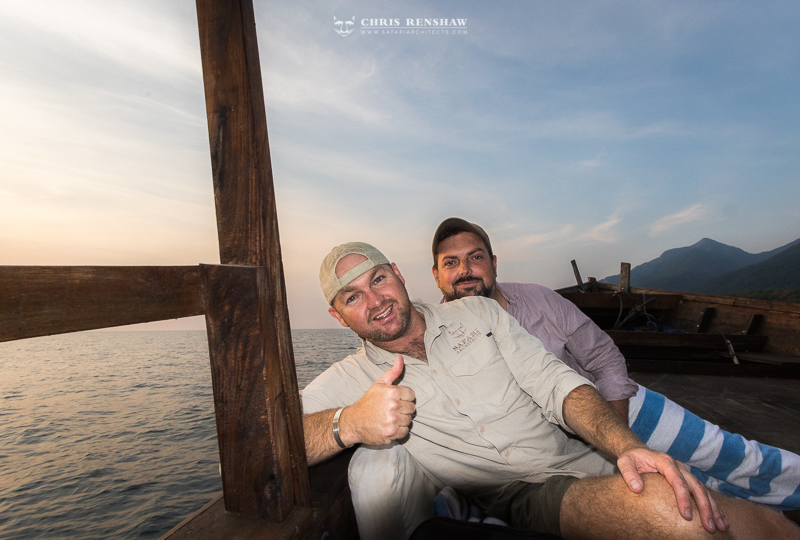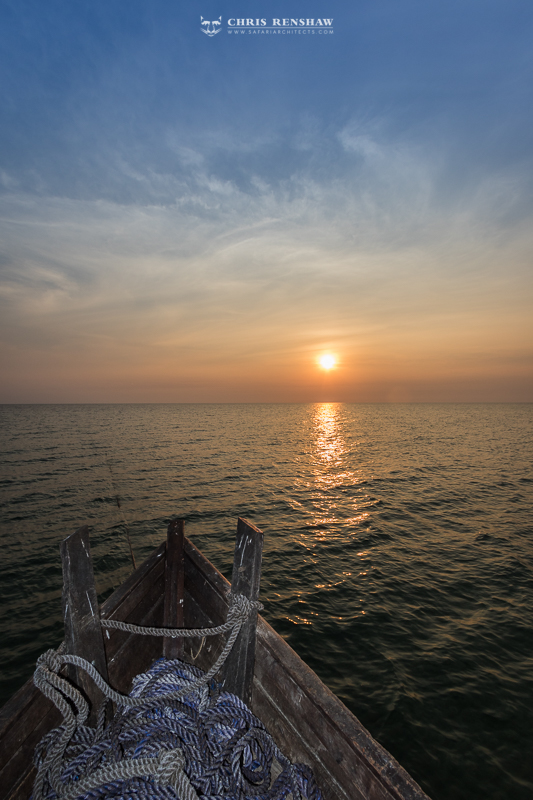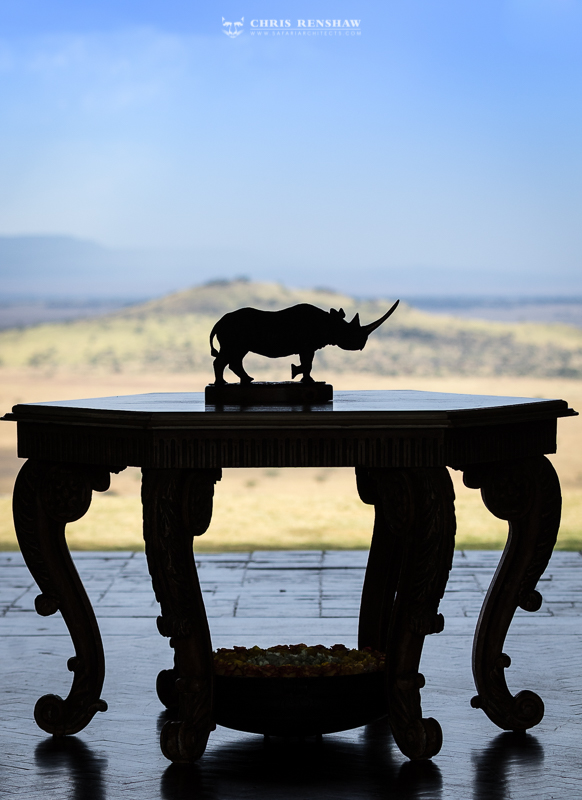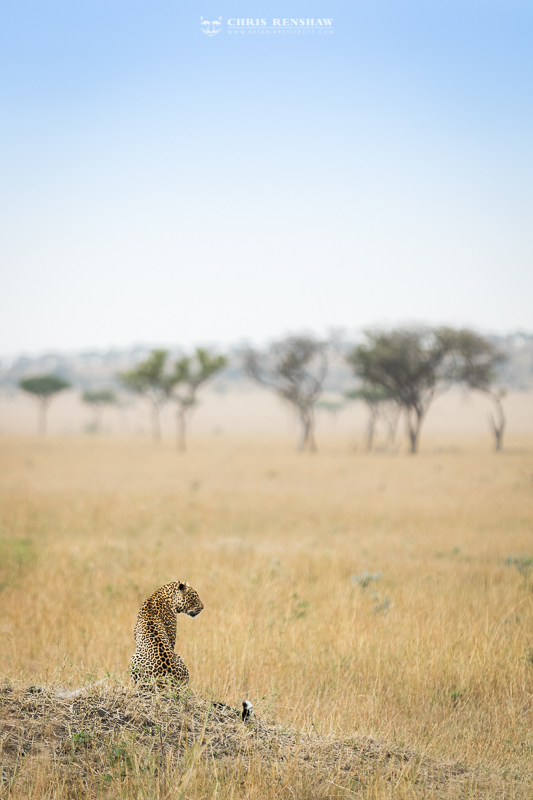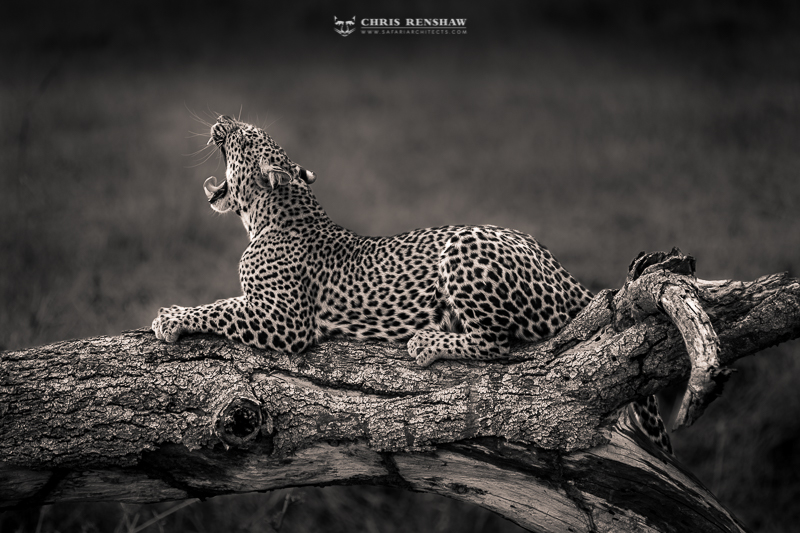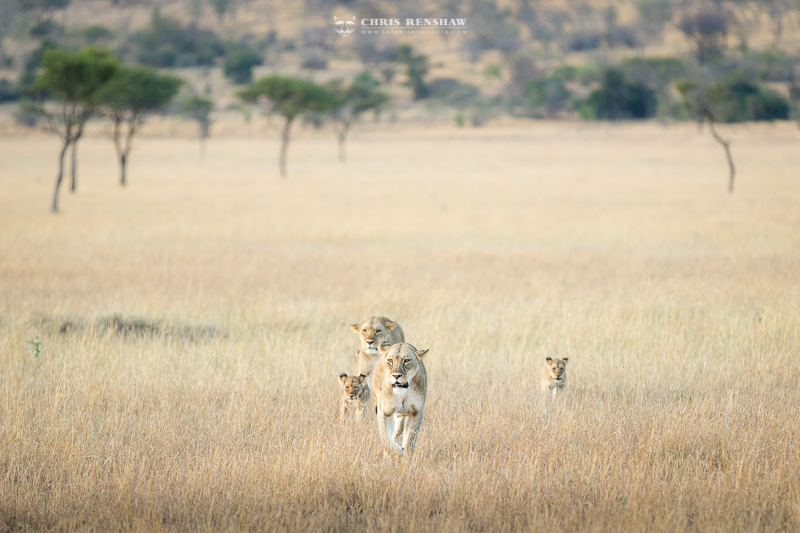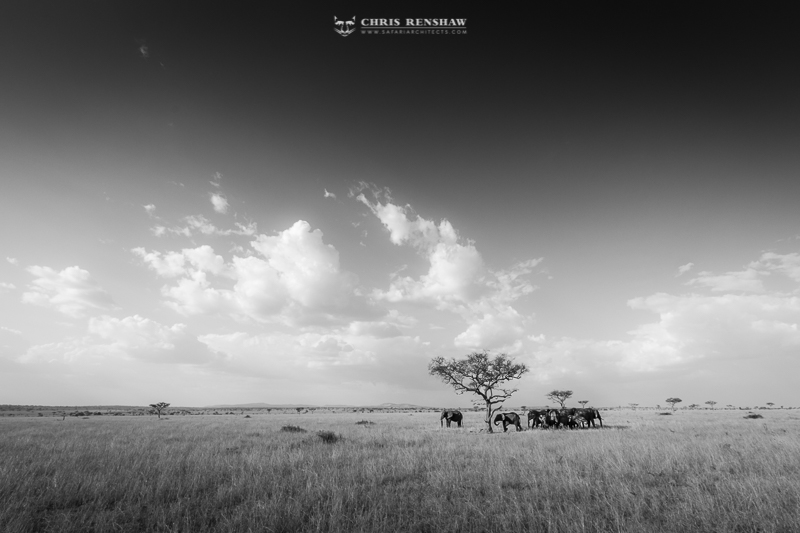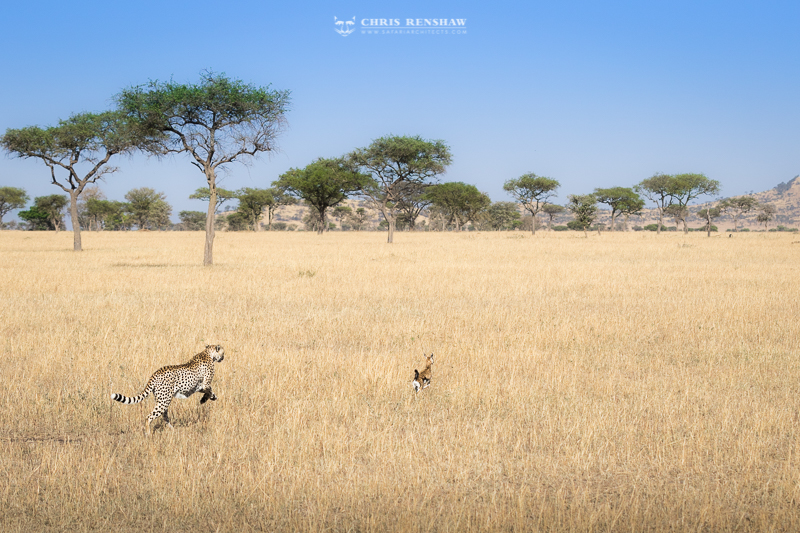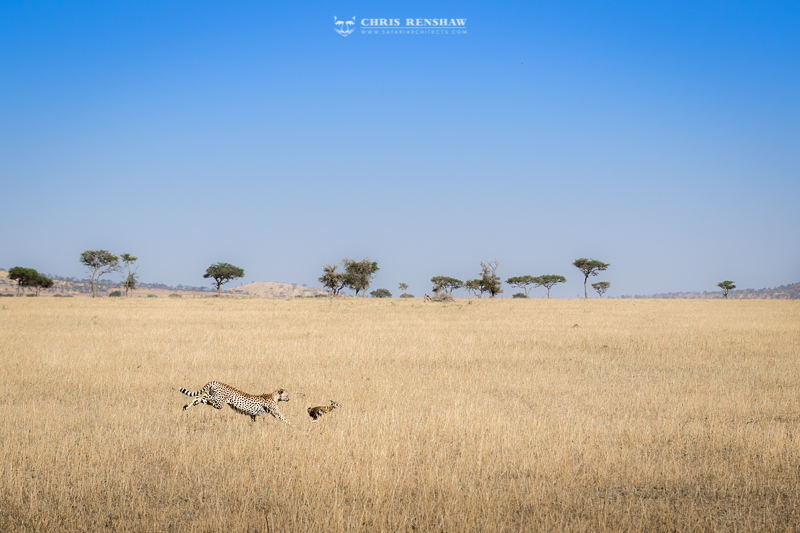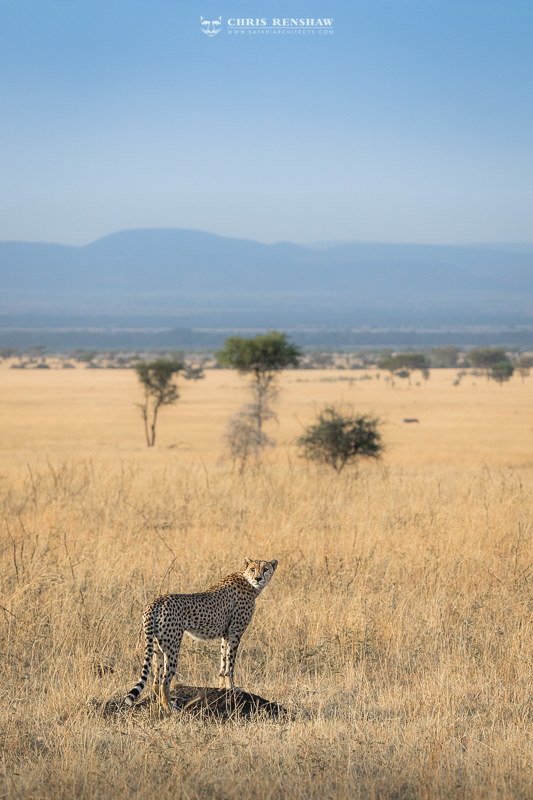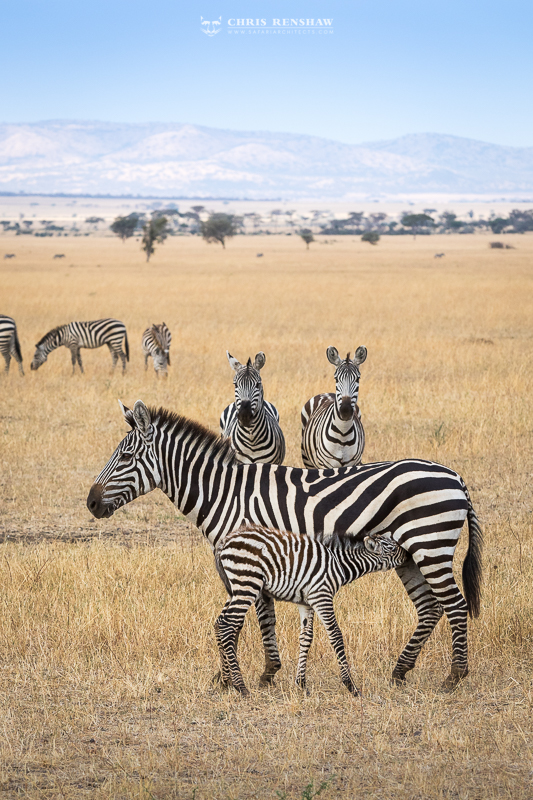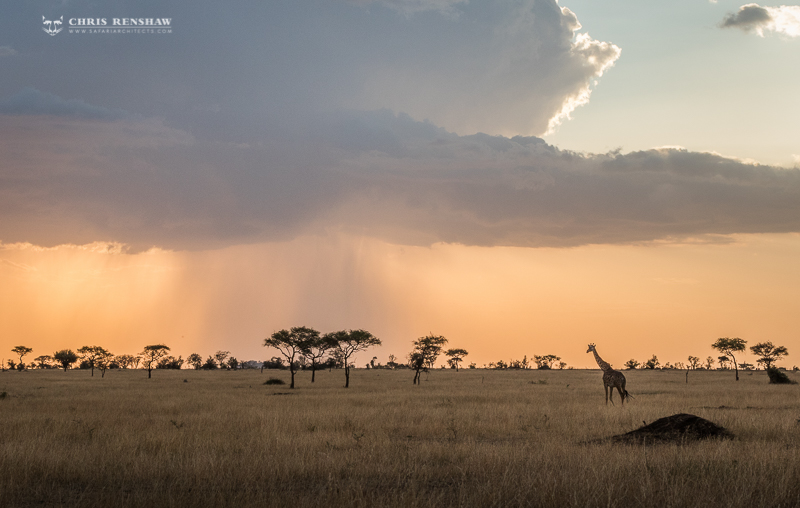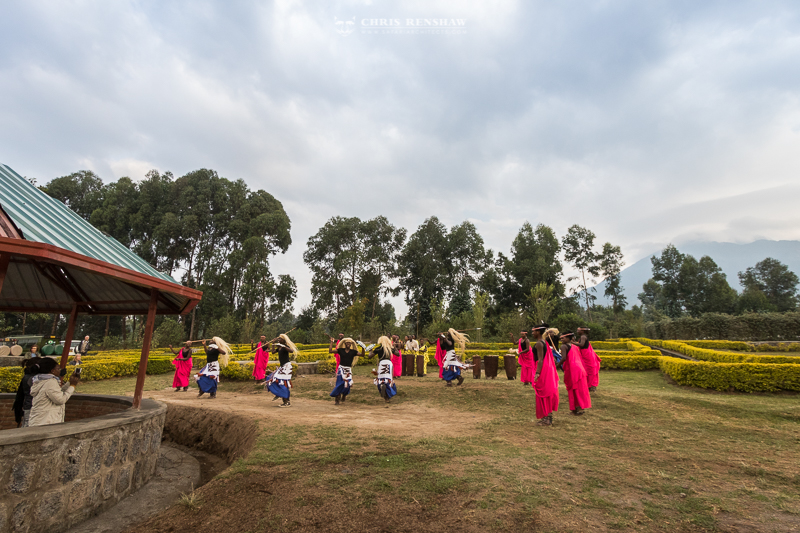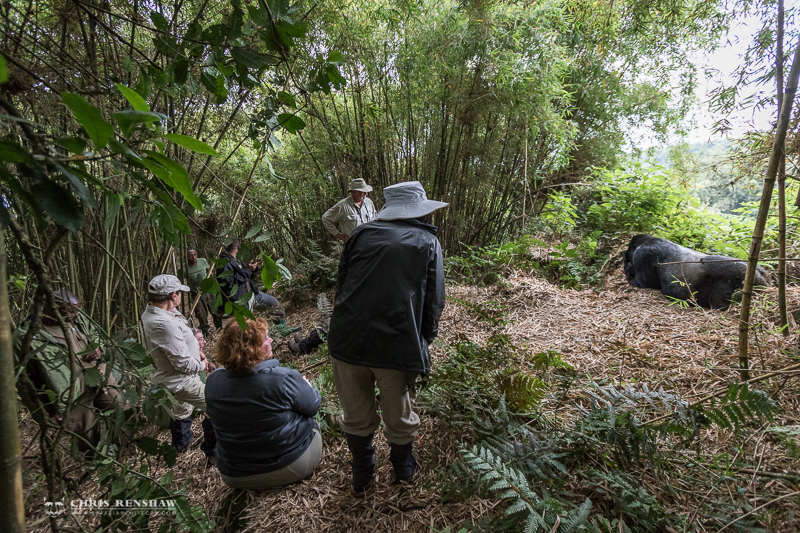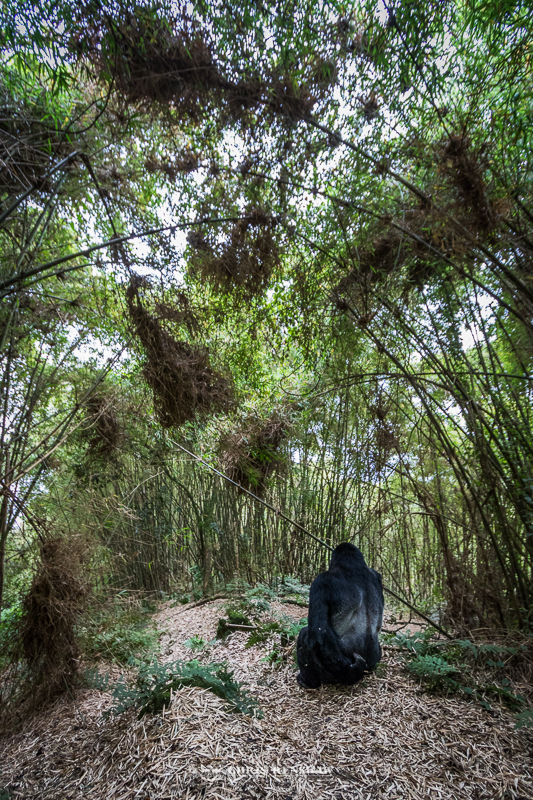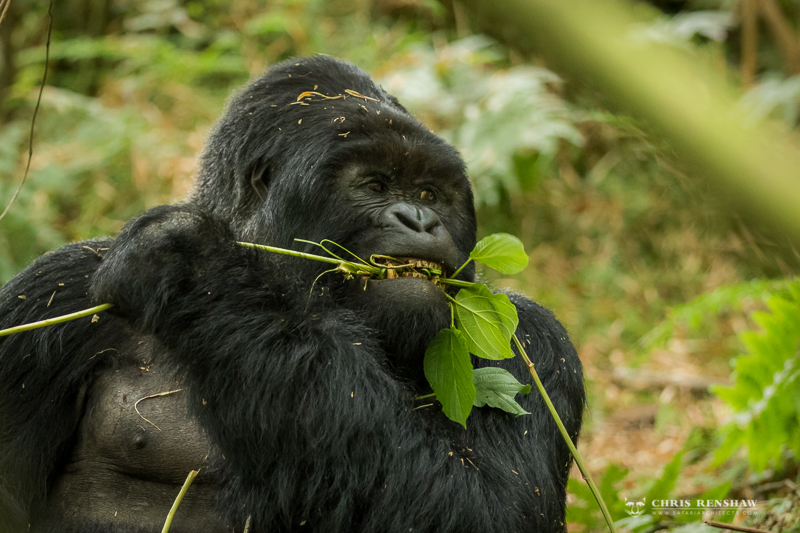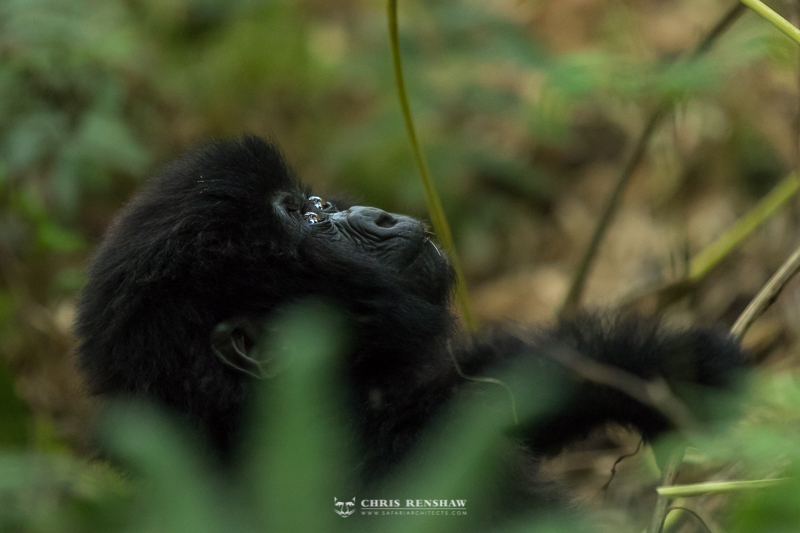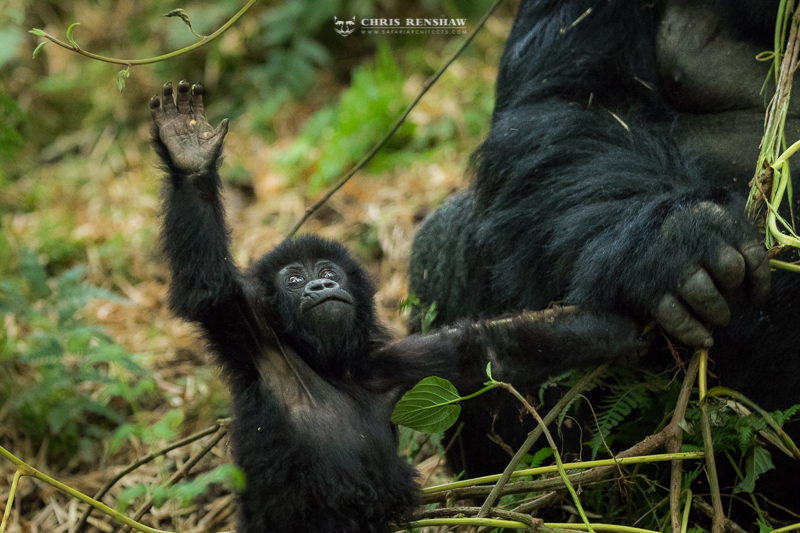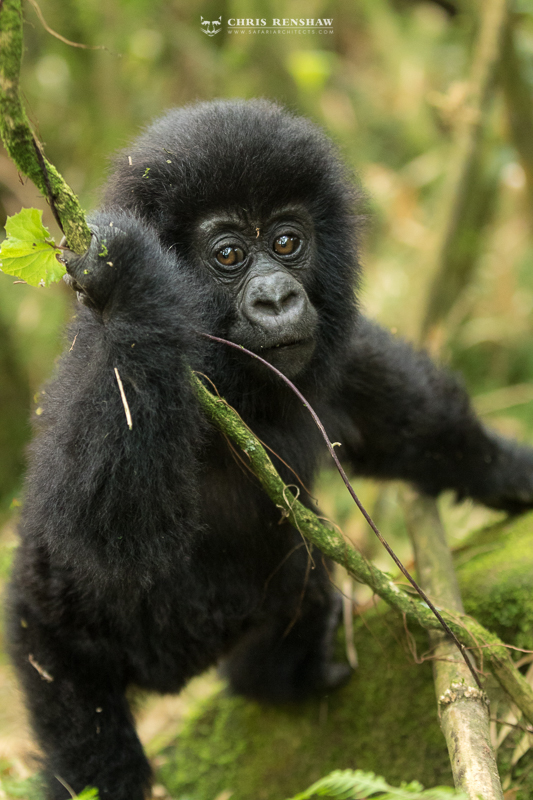Chimpanzees, Gorillas and the Serengeti
The great African Rift Valley, forged over millennia from forces deep below the earth, created a “crack” down the African continent. Associated with this crack are the consequent valleys and mountains formed by the splitting apart of the earth’s crust. Wherever you have ancient volcanic activity, a multitude of thriving habitats are formed, sustained by the geological forces themselves and the highly fertile volcanic soils. The length of the “rift valley” is dotted with crystal clear lakes teeming with magnificent fish and aquatic life. These vast swathes of water are watched over by huge mountain ranges with forests full of wonderful creatures both big and small. Our safari was to be focused in the East African portion of the rift valley, namely Rwanda and Tanzania. The goal was to spend time with Chimpanzees and Gorillas, with an interlude stay in the Serengeti to observe the remarkable savanna wildlife on show there.
Our journey kicked off at Legendary Lodge in Arusha Tanzania, which is surrounded by a lush coffee plantation and beautiful views of the surrounding grounds. Our time there was limited to one night so we spent dinner catching up with old friends and meeting some new, sharing memories of past safaris and chatting about our upcoming adventure. The following morning, we boarded our own private Pilatus PC12NG aircraft and headed to the Mahale Mountains and Lake Tanganyika. Flying in over the lake, we landed at the airstrip and walked to the water’s edge to board the charming local Mahale dhow. Taking a very leisurely boat trip, we searched the waters for crocodiles, hippos and any sign of chimpanzees both up in the tree canopy or out in the open. Finally, against the backdrop of a majestic view, we arrived at Greystoke Mahale. With smiling faces and open minds, we were ready to experience the wonders of this wild and unique location.
After being briefed on the correct chimp trekking etiquette the night before, we woke anxious to hear news of the troop we were hoping to find. The trackers had radioed in saying that they had started to follow their footprints and would inform us once they had located them. We were therefore able to enjoy a leisurely breakfast and relax a bit before we anticipated going out in search of the chimps. Unfortunately, we discovered that the troop’s leader had led them up into an area on the mountain that was not accessible to us. However, there are smaller groups that splinter away from the main chimpanzee troop from time to time, so that afternoon we headed out on a walk to see if we could get lucky. Just being in the forest is special enough. We saw signs of bush pig, leopard, antelope and spotted a few of the local monkey species but no chimps on day one.
The next morning we started early, hot on the heels of the trackers. It would be a day of patience, as the troop were feeding and changing direction often. This meant we were to wait at the apex of a few paths that split in different directions. A patient wait in a lush equatorial forest is pretty easy with all the noises of life that surrounds you. While we were waiting, our guide Matheus, also decided to put some extra effort in and check another area for a breakaway group. Thank goodness! The main chimp group had disappeared again, but just as we thought we were going to be thwarted, Matheus came running towards us with a massive grin. He had found another group and had even run 6kms up a mountain to alert us. Luckily this smaller family group was still there when we eventually arrived at their location and so we were able to spend an amazing afternoon in their company. We did manage to lose them once or twice, but again Matheus and the trackers pulled through, even braving an angry charging hippo and a swamp to stick with them. It was a magical experience that allowed us ample viewing opportunities and close-up encounters with these fascinating primates. We finished that afternoon with a swim in the middle of Lake Tanganyika, followed by a memorable sundowner and true sense of fulfillment.
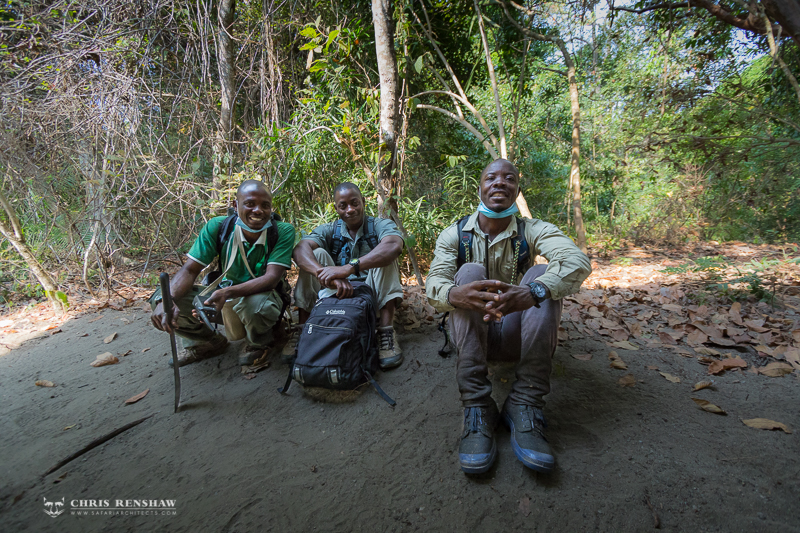
Matheus (far right) and the local Tanzanian guides waiting for the call from the trackers. Matheus would ultimately be the one to find the chimps, and run 5 km to come fetch us!
Tanzania is a rather large country but with your own aircraft, Mahale to the Grumeti region of the Serengeti is just a 2-hour hop. Singita Sasakwa in the private Grumeti concession of this African wonderland, was our next stop. Perched on top of a hill, the lodge offers one of the best views of the region. The migration had sadly already passed through but zebra and other plains’ game had remained behind; and the short grass that the wildebeest had created amplified predator viewing so we were thoroughly spoiled with some incredible interactions and sightings. This concession is testament to the hard work and conservation efforts put in by many dedicated individuals over the last 10 -15 years. Before Singita arrived, there was nothing in this area except snares and domestic animals / livestock. Where there was nothing, today there’s abundance. The pictures below, tell the story.
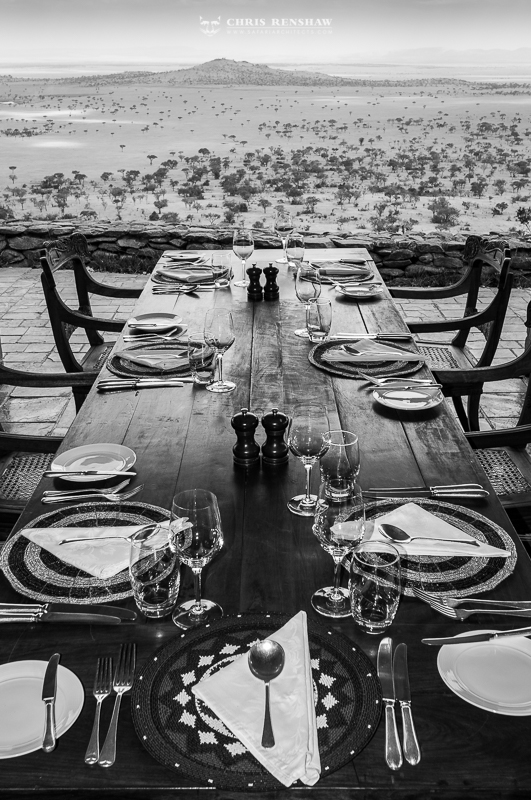
Lunch with a view. The excellent game viewing aside, the culinary experience complimented by the best wine collection of any lodge really made the difference, and we did leave rather satiated.
A definite highlight was observing the fastest animal on the planet at full speed… This all came about when we spotted a cheetah in the distance, moving slowly with her head down – a classic sign of hunting mode. When we approached her, we saw she was literally on top of a baby Thompson’s gazelle. Having never seen a cheetah before, the poor baby had no idea of the peril it was in and just sat down. For the cheetah whose instinct is to chase, this was most confusing and surprisingly actually proved to be the right thing to do as she seemed to lose interest. When another calf set off right next her, she gave up chase leaving this lucky baby gazelle out of immediate harm’s way. A couple of seconds later, in a blur of full speed she had her quarry – something truly remarkable to witness. Shortly afterwards, the huntress dragged the carcass to some shade and started to feed. This was when we noticed a big lone baboon a couple of hundred meters off. He had witnessed the hunt and being hungry, omnivorous and opportunistic, was quite keen to investigate. The cheetah was visibly nervous but was saved when the baboon bumped into the same Thompson’s gazelle calf that had so narrowly missed death not minutes before. This time the baby did take off but with a surprising burst of speed, the baboon had its prey. What a unique sighting! It never ceases to amaze me how wildlife can constantly surprise you. We were so lucky to have been in the right place at the right time and witnessed such phenomenal animal interactions.

An opportunistic baboon preyed upon another thompson’s gazelle while we were watching the cheetah feed. Unreal!!!
We said goodbye to the Serengeti and headed back to the mountains of the Rift Valley, this time with Rwanda as our destination. Rwanda’s past is one of pain and suffering. A brutal civil war with a genocide that one cannot comprehend nearly wiped out a tribe of people off the face of the earth. The wildlife and animal populations in the country were equally affected with the mountain gorilla population dropping severely low. However, both man and creature have somehow managed to turn a story of horrific tragedy into a shining light of hope and a tribute of what the human spirit can endure. Just barely two decades after the killing stopped, Rwanda is thriving and its conservation success is continually being shown as an example to the rest of the world. Diane Fossey was famous for introducing us to the gorillas of the region and through the Rwandan government and the national park structures, both animal and human are living side by side, thriving; and most importantly, in peace.
Consequently, we were all eager to experience the country, its inhabitants and the mountain gorillas that call it home. Sabyinyo Silverback Lodge was our base where we spent the next few days soaking up the culture, meeting new people and spending time around some rather large human-like apes.
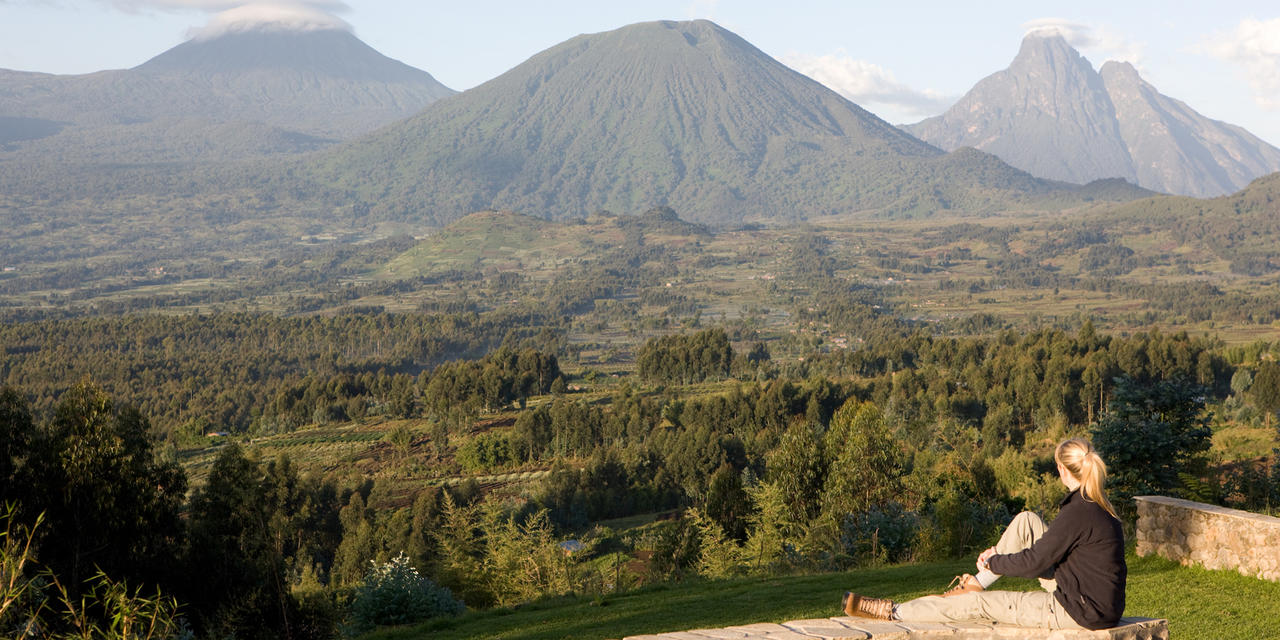
The View of Volcanoes National park from Sabyinyo silverback lodge (Photograph courtesy Sabyinyo silverback lodge).
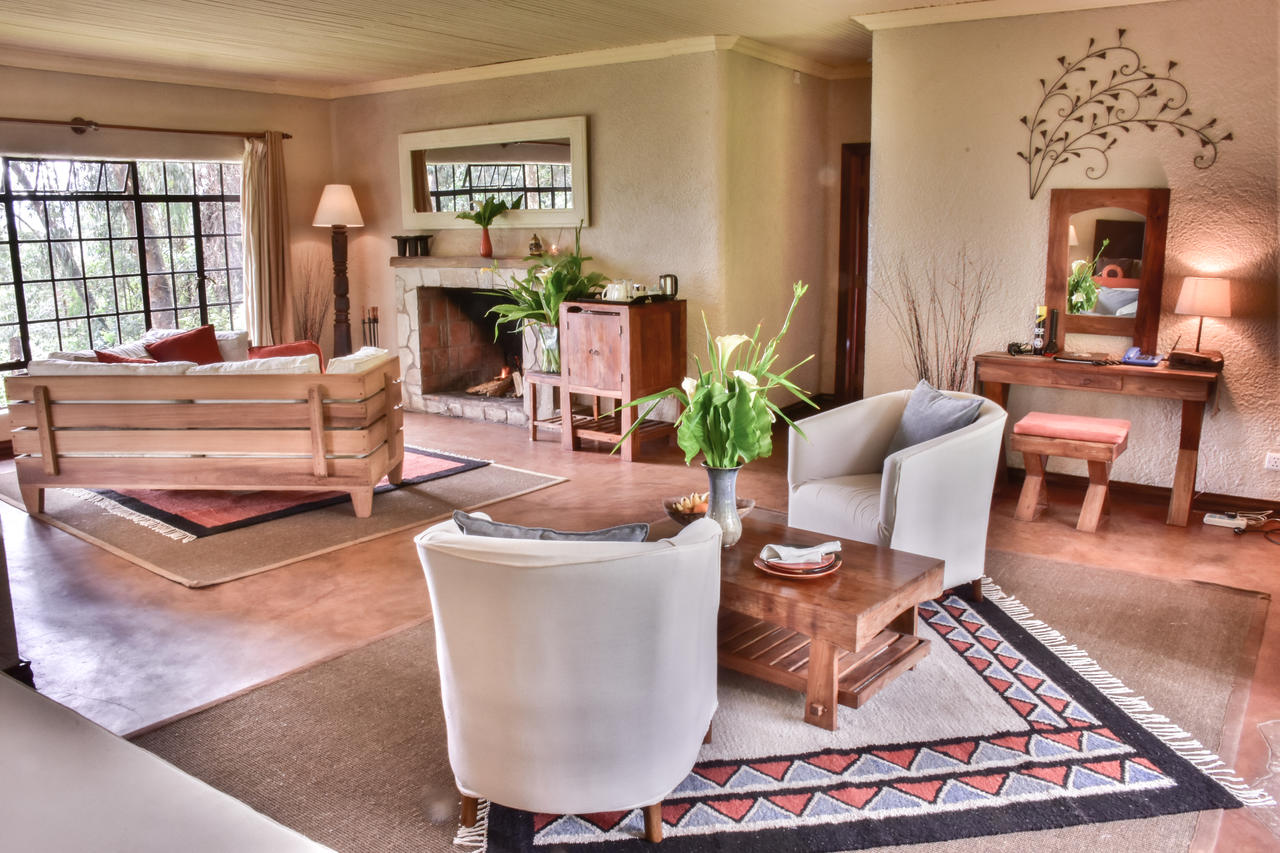
A lodge with a very classy, old school feel that has all the comforts needed after a long day of gorilla trekking (Photograph courtesy Sabyinyo silverback lodge).
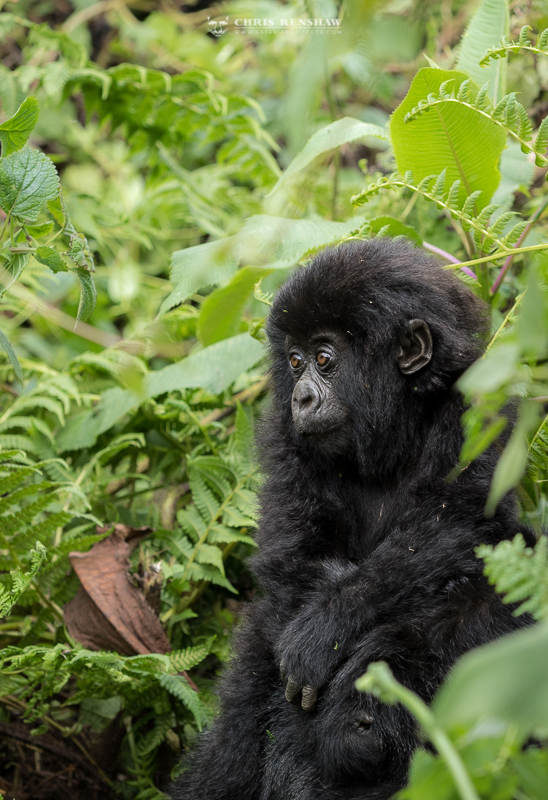
A curious youngster. He proved to be rather mischievous, exploring and getting into trouble throughout the hour we spent with the group.
Being around gorillas and spending time immersed in their company is a feeling that cannot be described. The grunts, smells, playfulness and family dynamics you observe when with a troop of intelligent animals such as these, can be likened to the politics and social behavior of any human grouping. The feeling that Diane Fossey must have felt when she first gained the trust of these beasts when she was studying them, must have been exhilarating. On the whole, East Africa delighted us with all her splendor! Combining the Serengeti with a primate experience is an incredible way to experience this part of Africa and we highly recommend this combination to future guests we will have the pleasure of hosting.
We bid this mecca of wildlife goodbye, while basking in the new memories of some unforgettable African moments.
Regards,
Chris and the Safari Architects Team.
Written and photographed by Chris Renshaw






